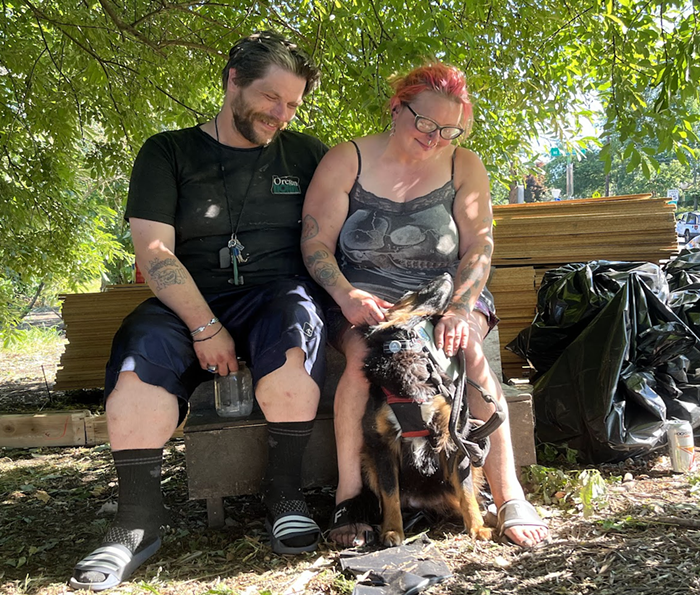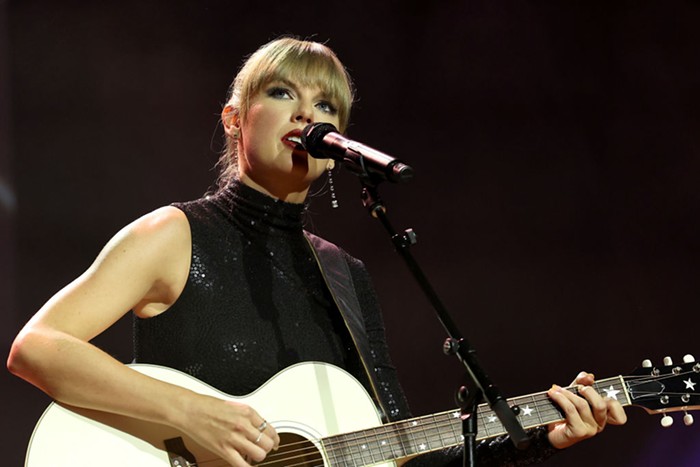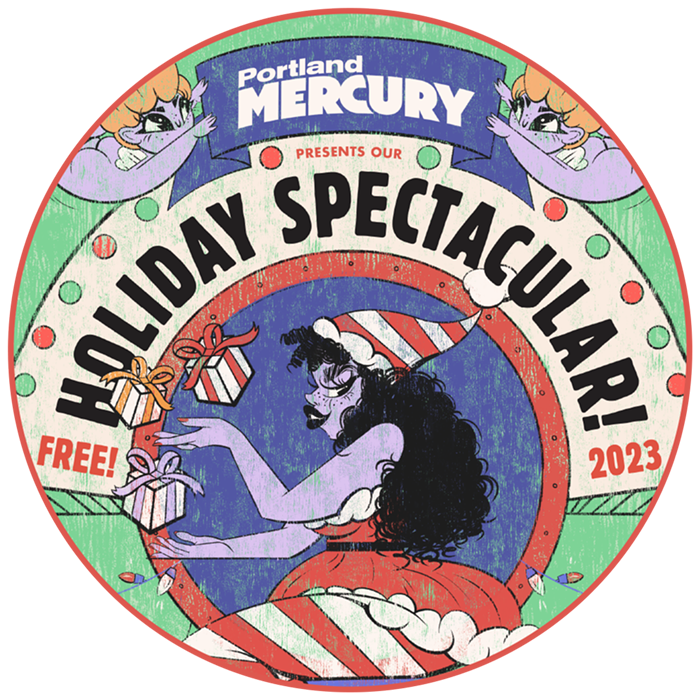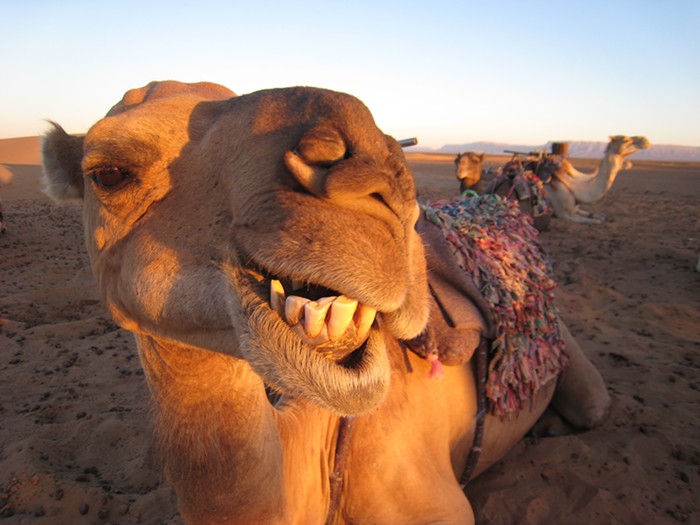In the group photography exhibition Wild Wild West, curator Todd Johnson organizes a show that is as vast and lawless in its depiction of the American West as the mythic terrain itself. Of course, Johnson's inclusions are far more diffuse than that Romanticized frontier where the buffalo roam and the deer and the antelope play. Here, the West is explored as both a regional and global signifier; as both an untamed expanse and an utterly benign suburban oasis; and as both an unrecoverable historical epoch and an enduring cultural spirit. In other words, so many interpretations hang on the concept of the West that the show's many faces hardly cobble together some total vision. Instead, they reveal that, to borrow a title from a Sam Shepard play, there simply is no "True West."
In Mark Hooper's lush black-and-white prints from his Lewis and Clark, Quantifying Nature series, the pair—identically dressed and faceless—symbolizes the heroic pursuit of knowledge. But in the two images, which depict them collecting specimens of wood and water, Lewis and Clark are dwarfed by the sublime natural environments they inhabit. Thus the photographs' implied focus (the adventurers and their feat of determination) is subverted by the physical imminence of the region's mountains, rivers, and coastline.
Shawn Records updates the West's geography as an aggressively developed sprawl in his Some Other Place series. In one photo, a teepee is erected as a sales promotion in the parking lot of an auto parts dealer. Within the contemporary landscape of the West, a leftover like a teepee is not so much a historical artifact as a cartoonish version of nostalgia.
Perhaps, then, Berthold Steinhilber's four C-prints of desolate desert tableaus, which splice John Divola's interest in the remote dwellings of the American West with Gregory Crewdson's gaudy production values, are the most revealing images here. Capturing the relics of a bygone era, from dilapidated cabins to abandoned gas stations, Steinhilber's photographs assert that our understanding of the mythic West is grounded in a very real sense of time and place. But the highly artificial lighting in these images, which make the scenes look more like soundstages or theater backdrops, counter that the West, like all good stories, is a mere construct.












